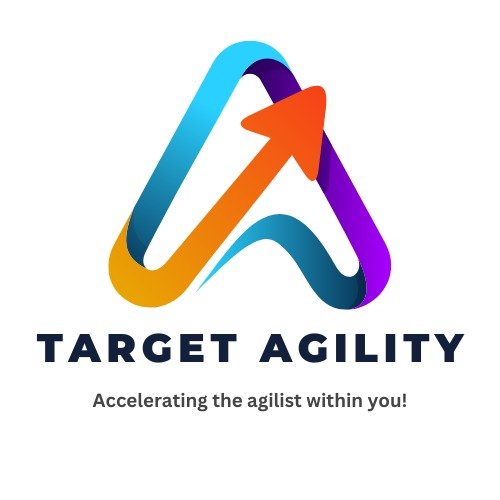Self-Study vs. Formal Training for Scrum Certifications

In today’s job market, getting a Scrum certification can really boost your career in project management and Agile methods. Whether you’re aiming for a PSPO (Professional Scrum Product Owner), CSPO (Certified Scrum Product Owner), or PSM (Professional Scrum Master) certification, it’s important to know the concepts well. One big question is whether to study on your own or invest in formal coaching. While self-study gives you flexibility, formal training has some big advantages that are hard to ignore. Why Self-Study Is Popular Self-study is appealing because it’s flexible. You can study whenever and wherever you want, using online resources like Scrum guides, videos, and practice tests. It’s also a cost-effective way to learn and get certified. However, self-study has its challenges. It can be tough to stay motivated and keep up with a consistent schedule. Plus, it’s easy to get confused when tackling complex ideas alone. Without guidance from an expert, understanding how to apply what you learn to real-world situations can be tricky. The Benefits of Formal Training Formal training, on the other hand, gives you a clear, structured way to learn. Certified trainers share their real-world experience and guide you through Scrum concepts step by step. This makes it much easier to grasp the practical side of things, not just the theory. One of the biggest perks of formal coaching is hands-on practice. You get to participate in group activities, role-plays, and discussions that make the concepts stick. These interactive sessions also build your confidence, as you learn to put theory into practice. A coach can also answer your specific questions and give you tips on tricky exam topics. This personalized help makes a big difference, especially when you’re preparing for challenging certification exams. Connecting Theory with Real-Life Use A common problem with self-study is that it often focuses too much on theory. Formal training helps bridge this gap by showing how Scrum practices work in real-life situations. Through case studies and practical examples, you get a full picture of how to use Scrum in different industries. Building Your Professional Network Taking a formal training course also means meeting other professionals who share your goals. You get to build connections, share experiences, and learn from others. Many training programs also give you access to additional learning resources and communities that support you long after the course is over. Is It Worth the Investment? While self-study might save you money, formal training offers long-term value. Not only do you increase your chances of passing the exam, but you also build skills that employers really value. Many companies prefer candidates who have completed formal training since it shows dedication and a deep understanding of Agile methods. Final Thoughts Between self-study and formal training for Scrum certifications, formal training clearly has the edge. Self-study works for some, but it lacks the structure, support, and hands-on experience that coaching provides. Investing in a good training program means more than just passing an exam—it’s about setting yourself up for a successful career in Agile and Scrum you can check our training program by clicking here.

